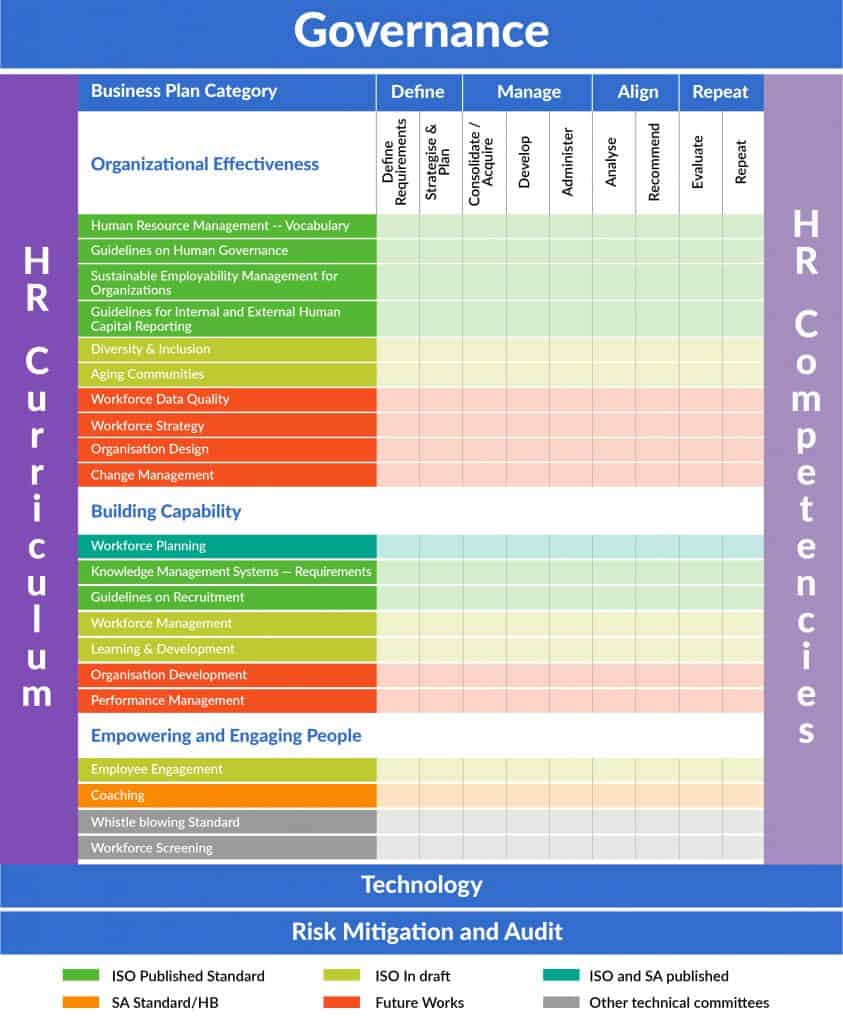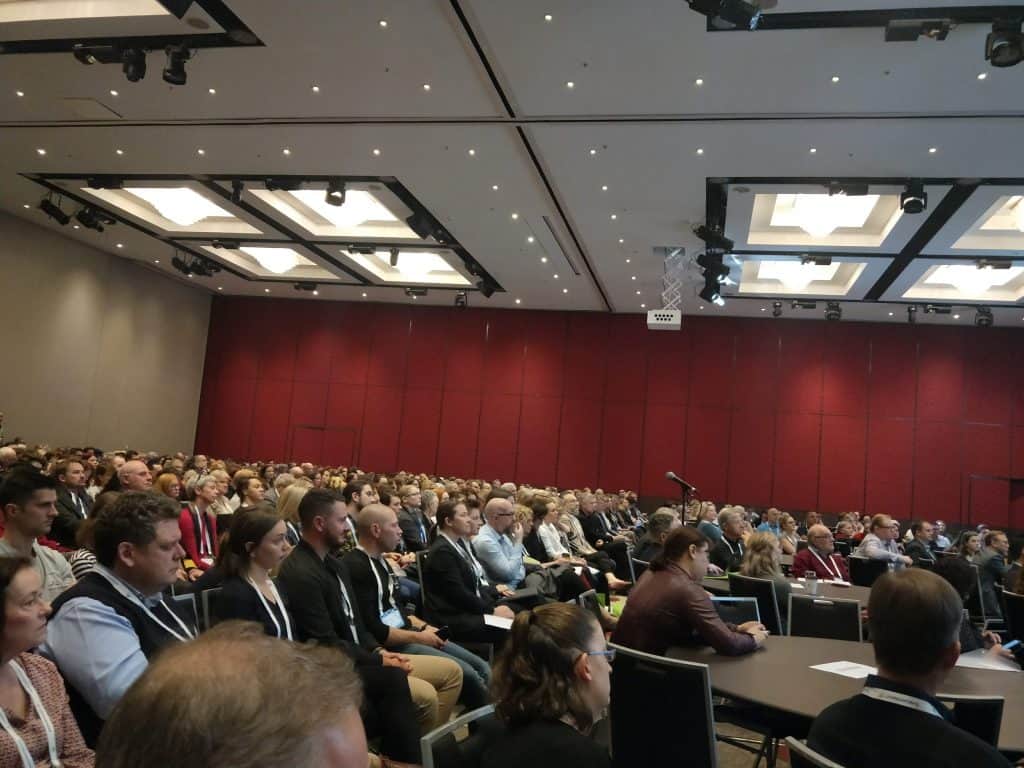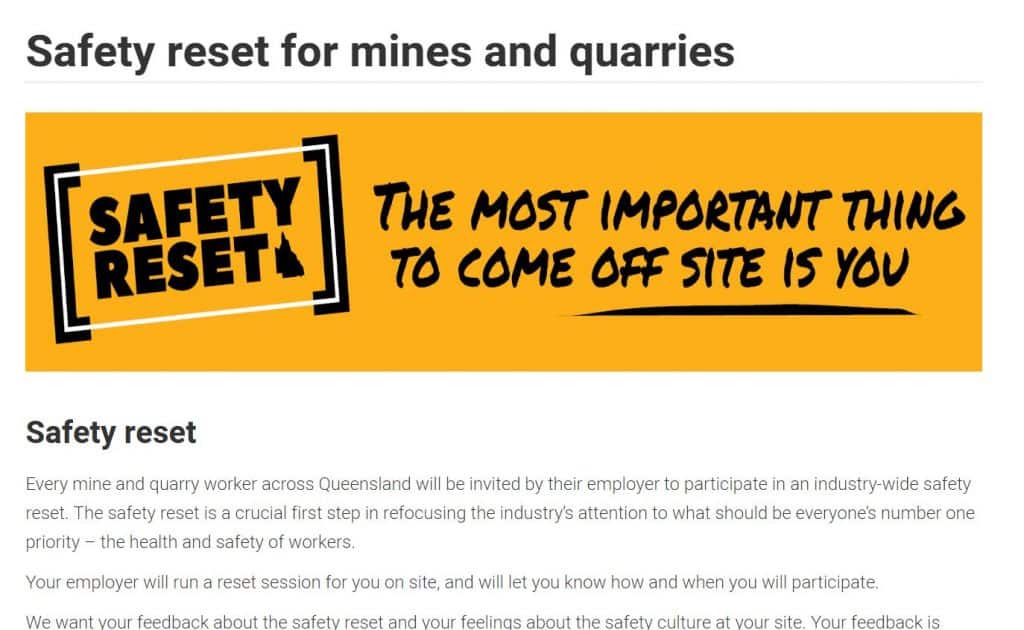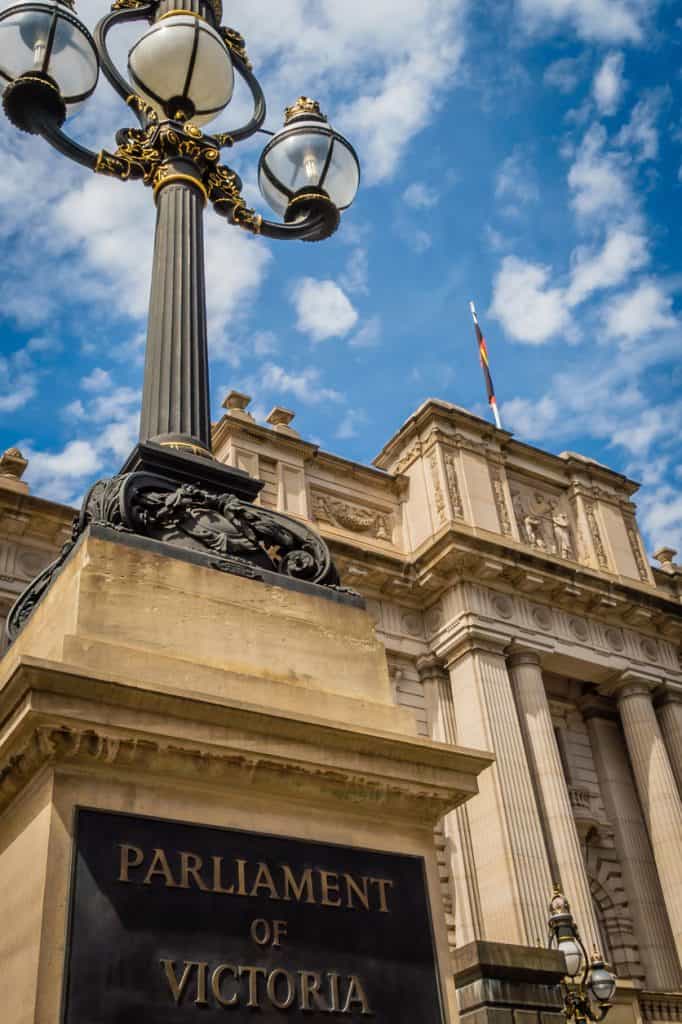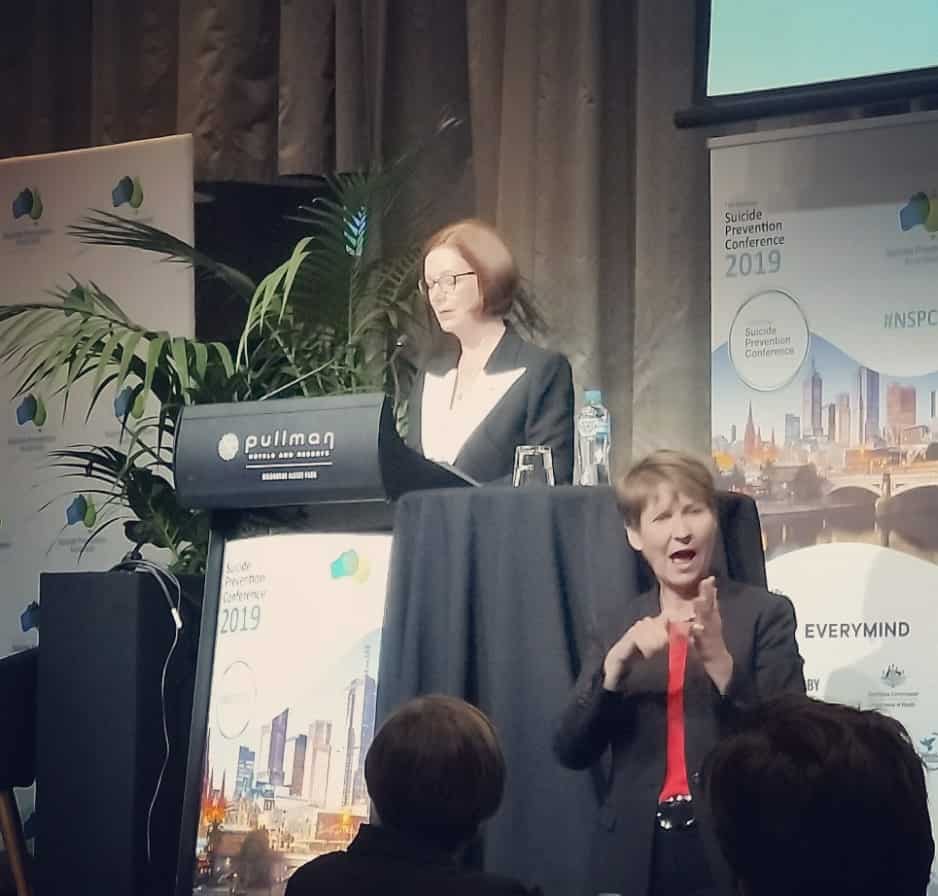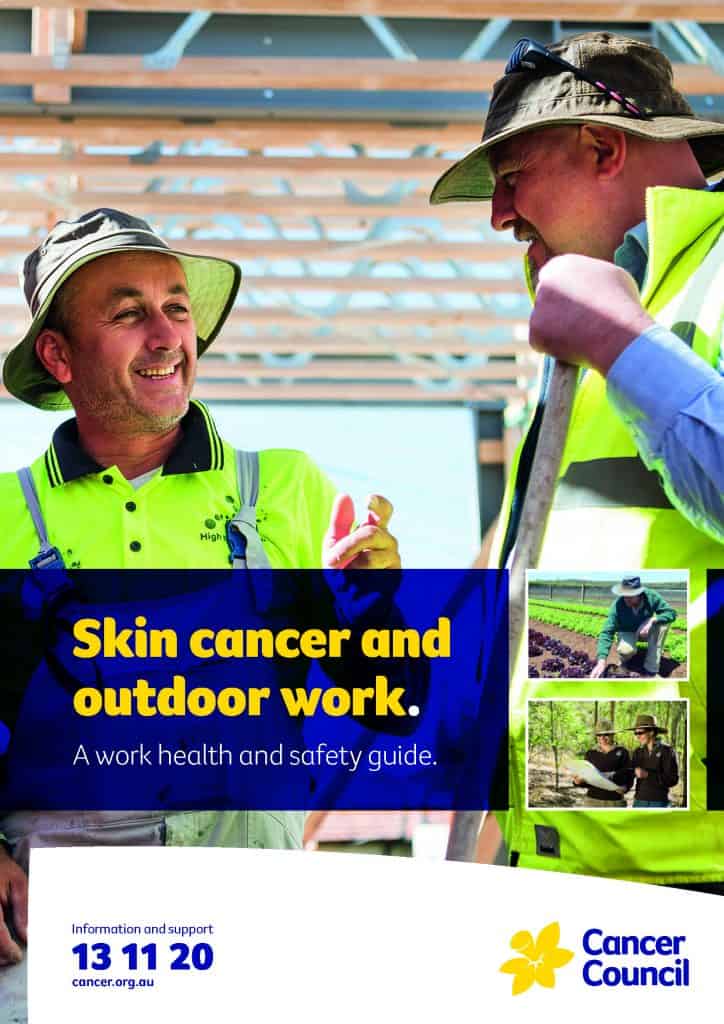Over the last week or so, as the Australian Parliament resumes operating, the Liberal/National Government is trying to reduce the influence of “militant” unions through its “Ensuring Integrity” Bill but opponents say this may affect the management of occupational health and safety (OHS).
The Federal Department of Health has established a National Dust Disease
Taskforce to develop a national approach to the prevention, early identification, control and management of dust diseases in Australia largely, it seems in response to silicosis but Black Lung had to have some influence.

